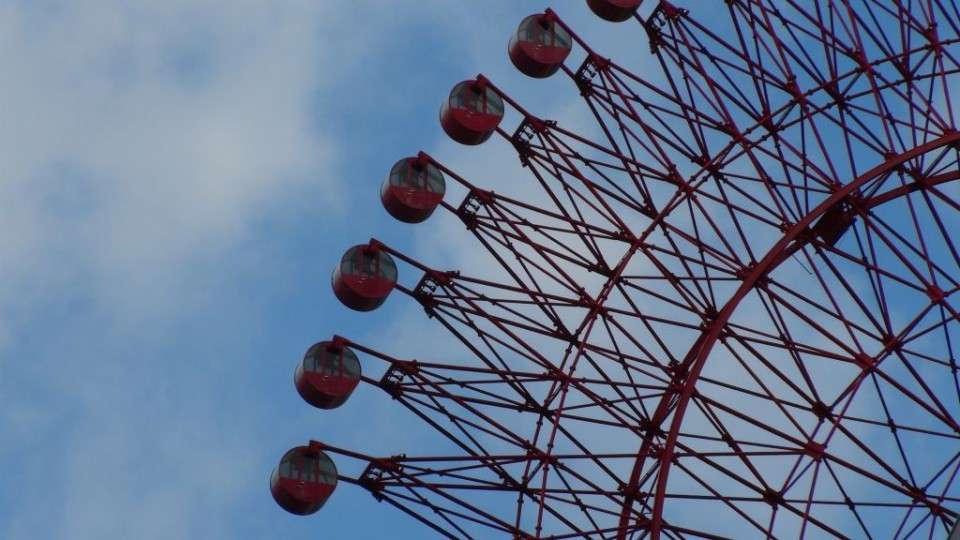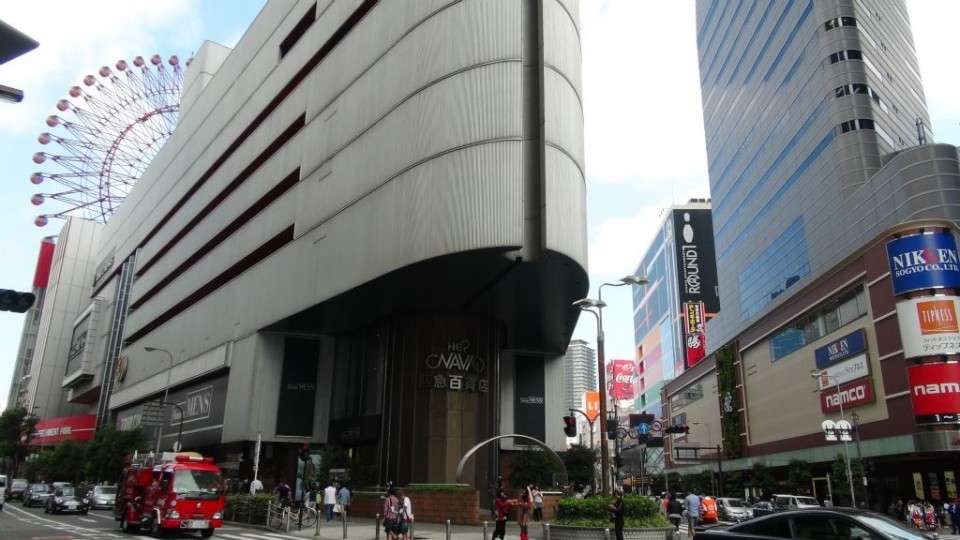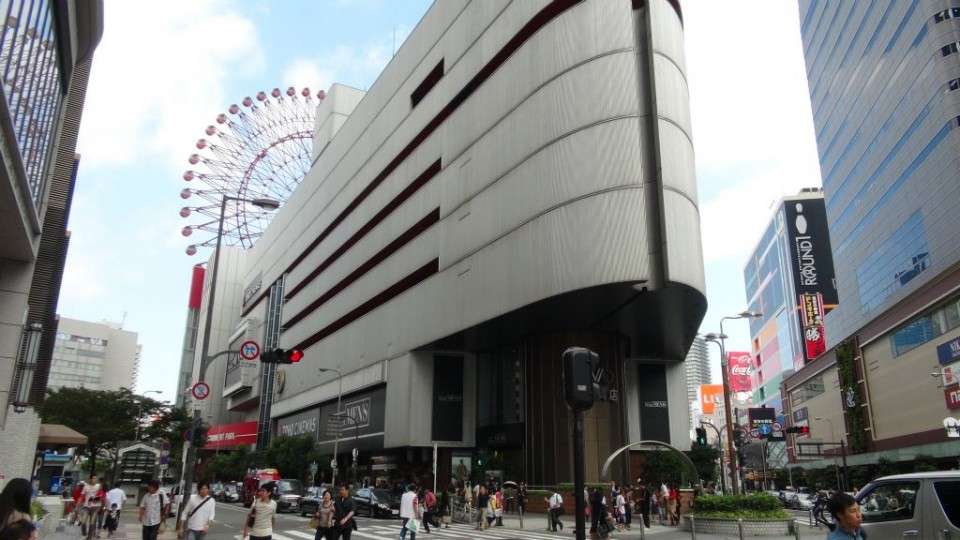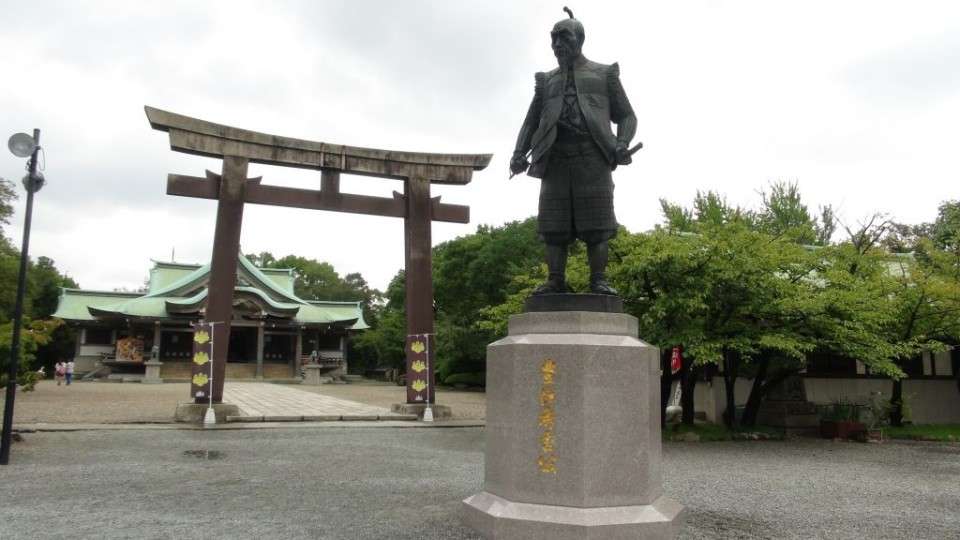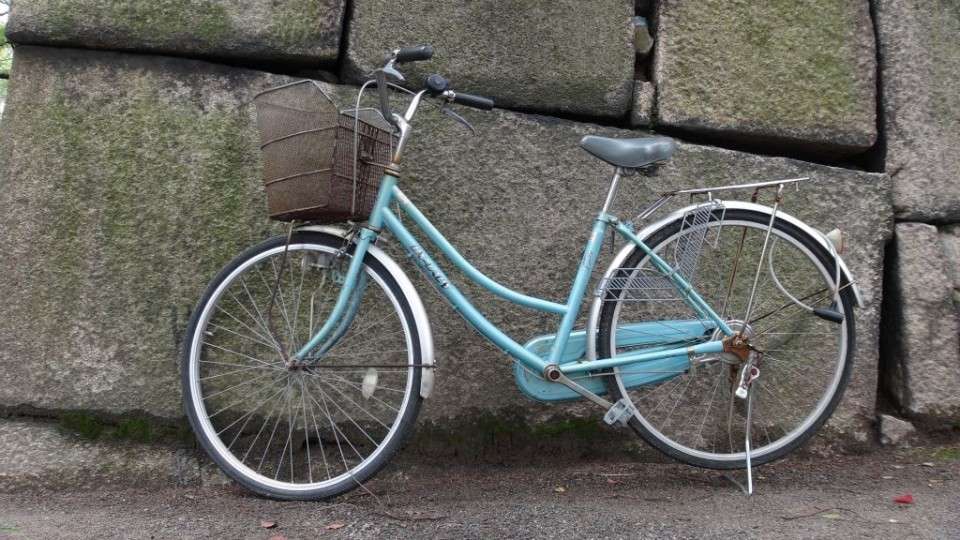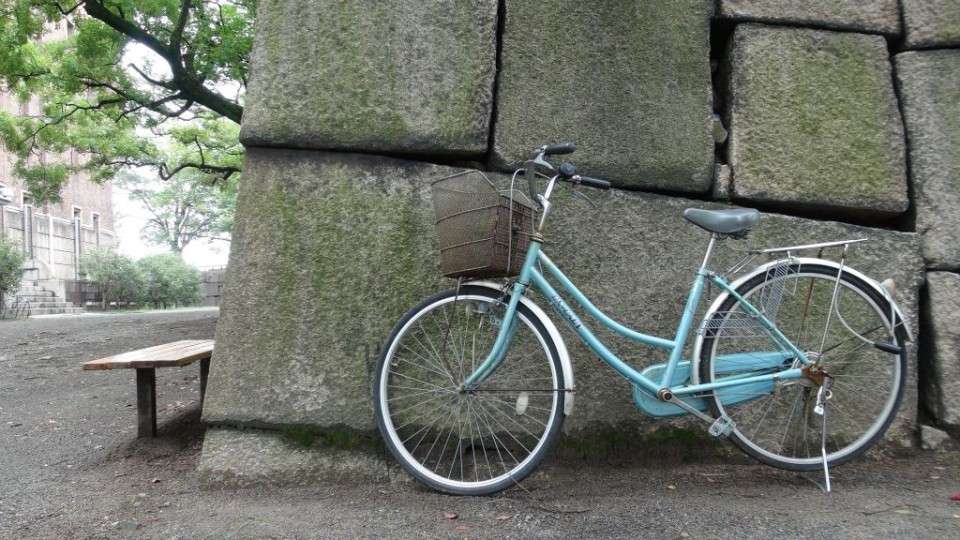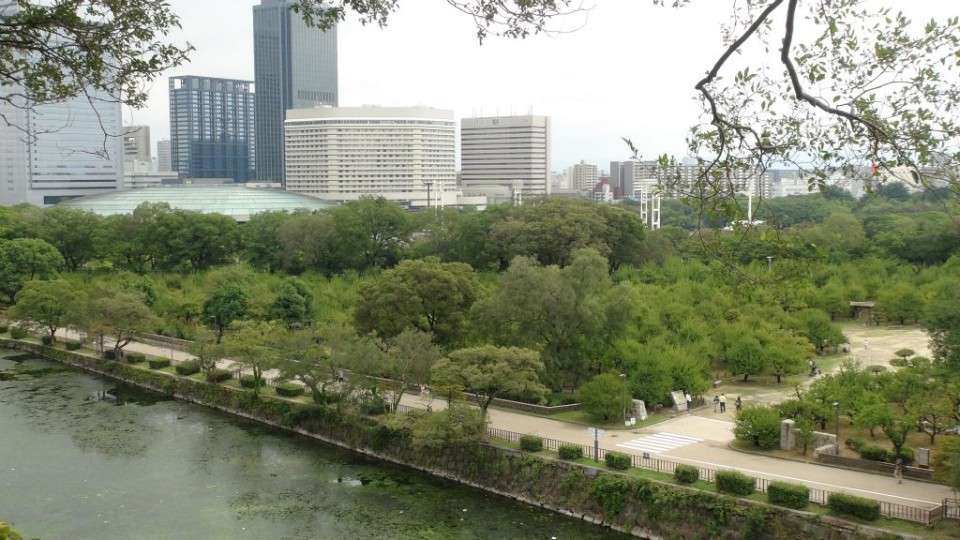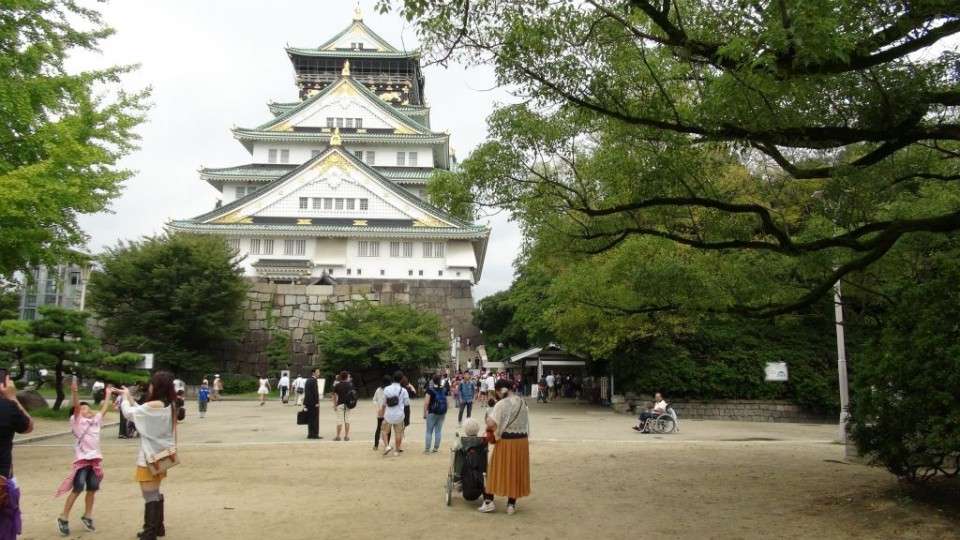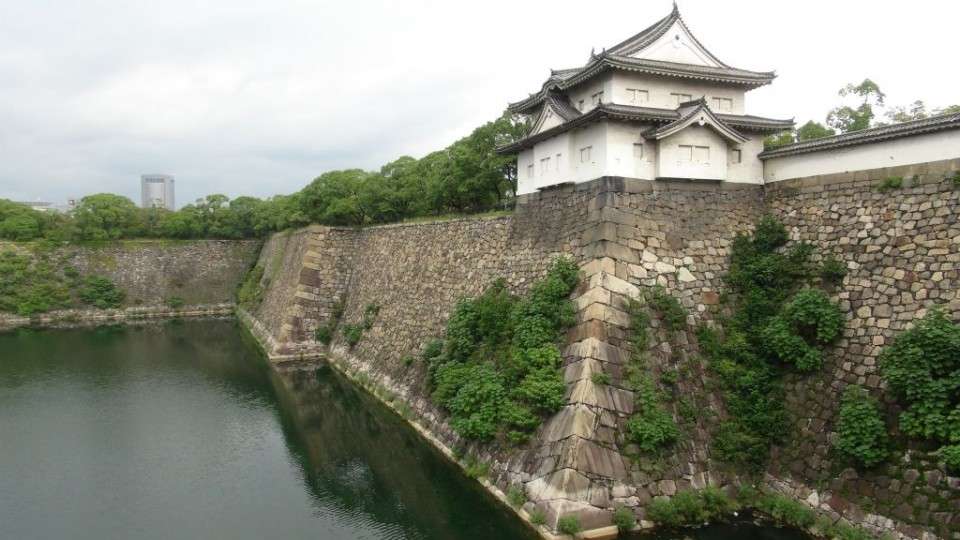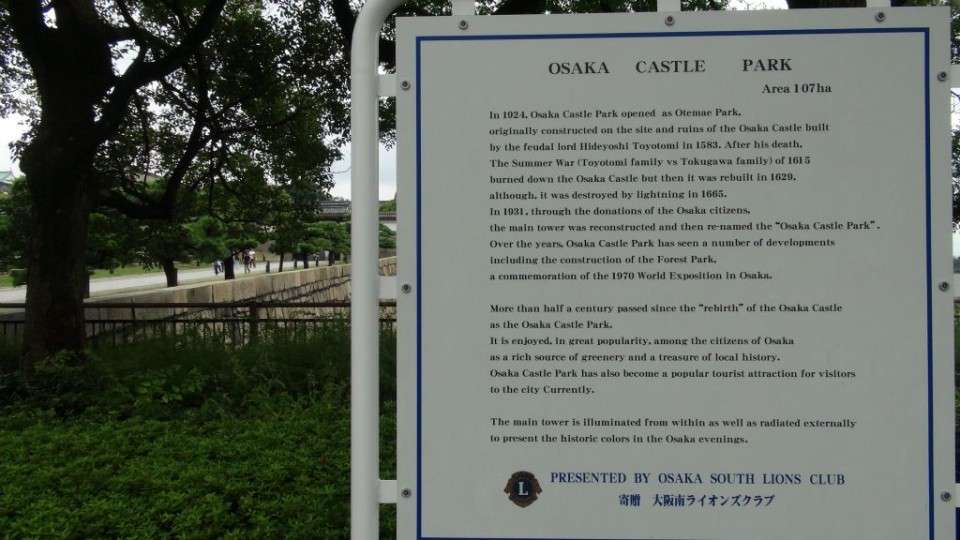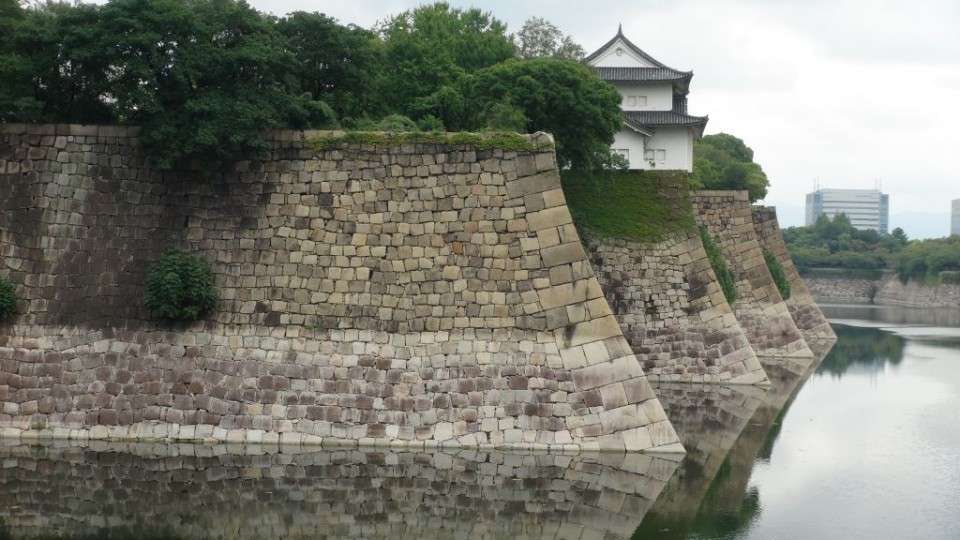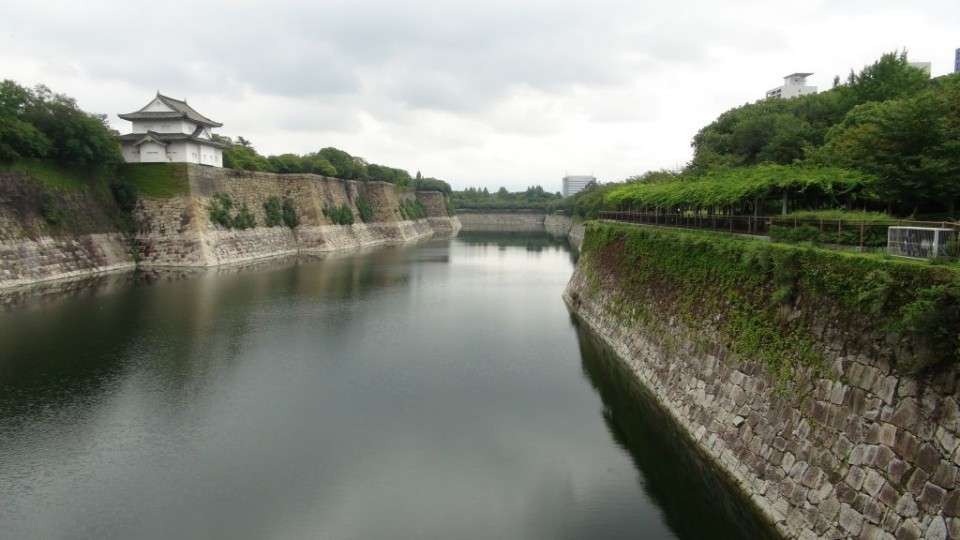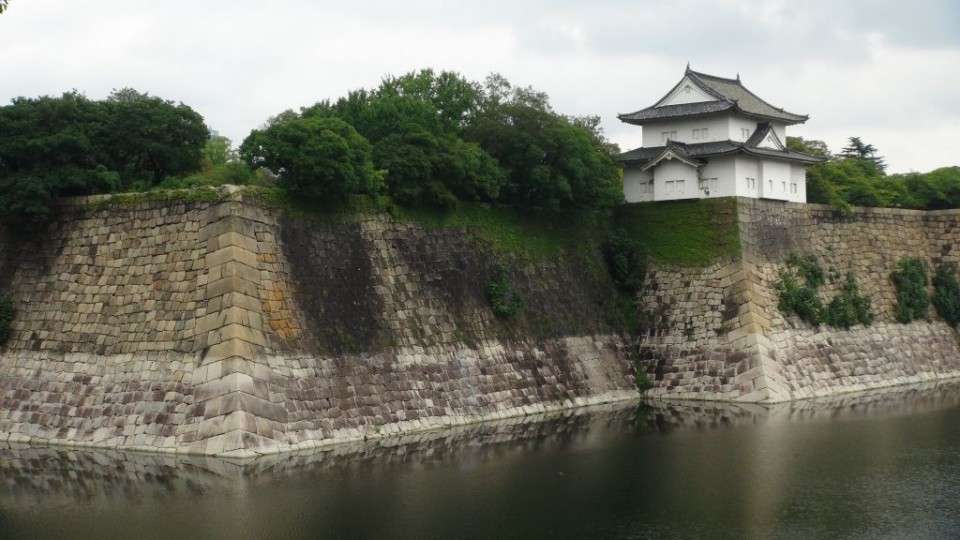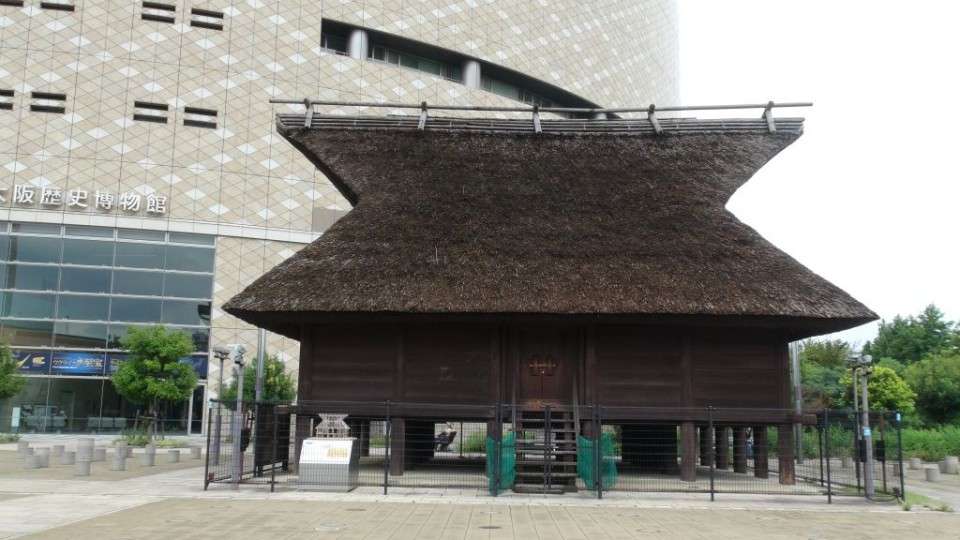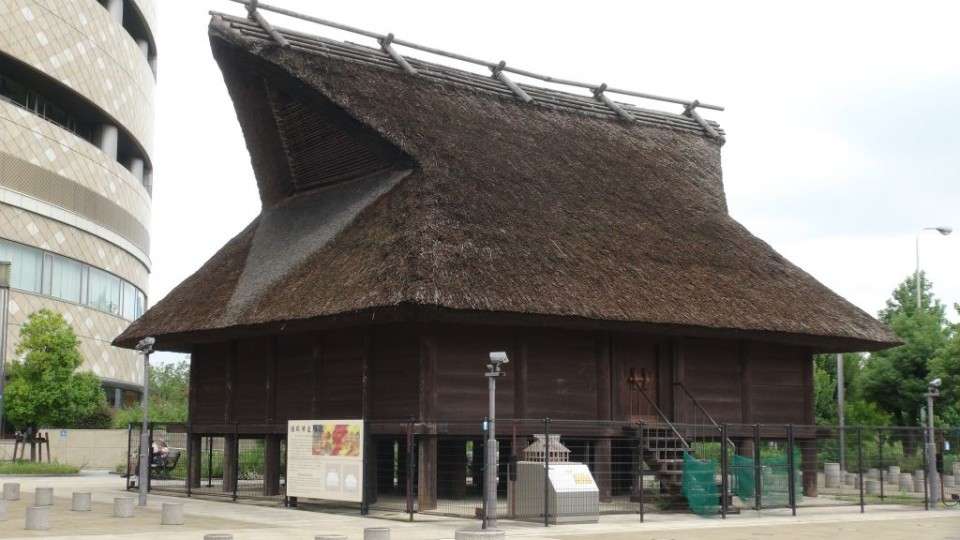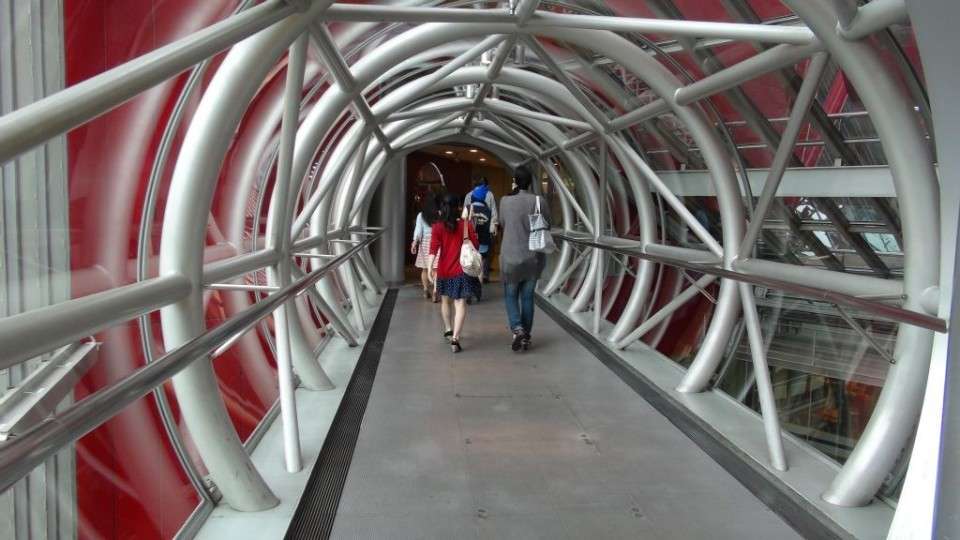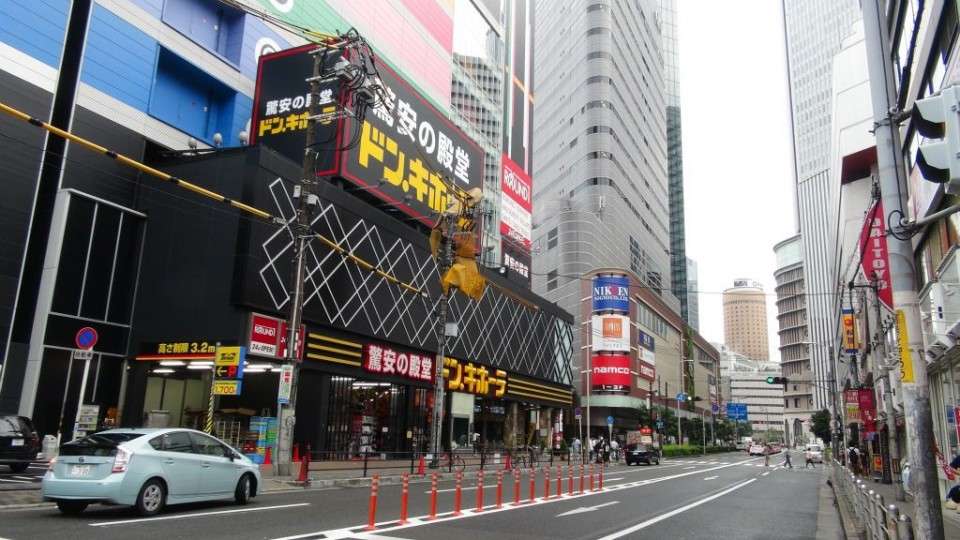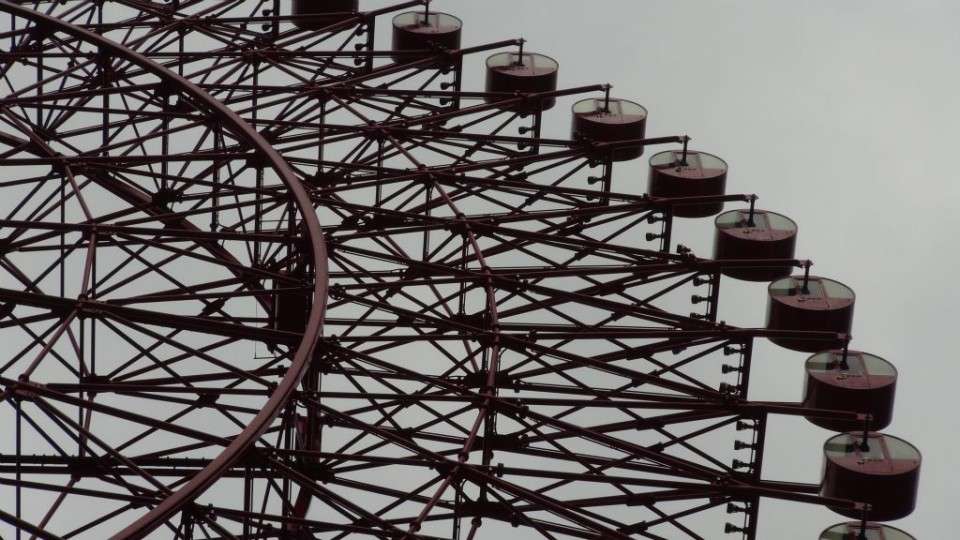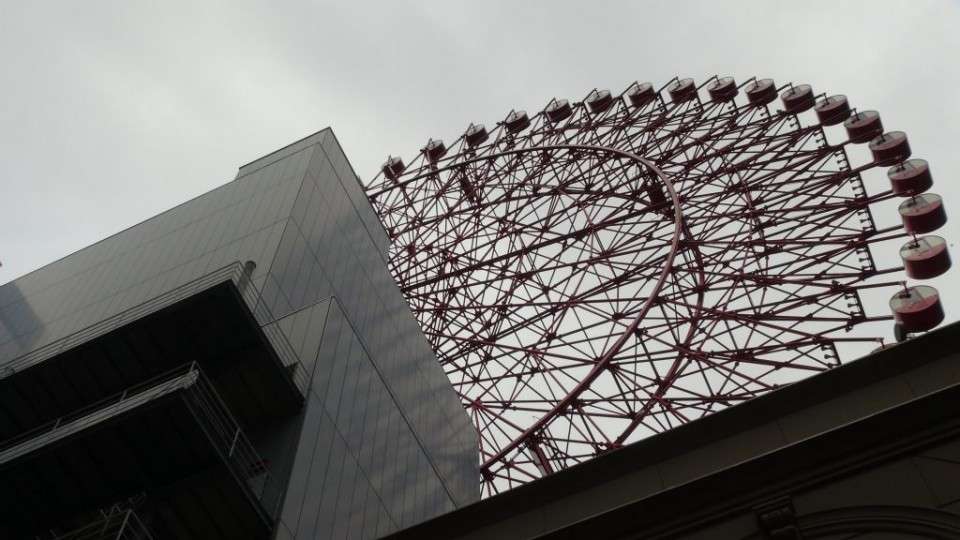Once the capital of Japan, Osaka is a city in the Kansai region of Japan‘s main island of Honshu, located at the mouth of the Yodo River on Osaka Bay, Osaka is the third-largest city by population after Tokyo and Yokohama.
Historically the commercial centre of Japan, Osaka functions as one of the command centres for the Japanese economy. Osaka used to be referred to as the “nation’s kitchen” in the feudal Edo period because it was the centre of trading for rice, creating the first modern futures exchange market in the world.
Osaka dates back to the Asuka and Nara period. Under the name Naniwa, it was the capital of Japan from 683 to 745, long before the upstarts at Kyoto took over. Even after the capital was moved elsewhere, Osaka continued to play an important role as a hub for land, sea and river-canal transportation.
During the Tokugawa era, while Edo (now Tokyo) served as the austere seat of military power and Kyoto was the home of the Imperial court, Osaka served as “the Nation’s Kitchen“, the collection and distribution point for rice, the most important measure of wealth. Hence it was also the city where merchants made and lost fortunes.
During the Meiji era, Osaka’s fearless entrepreneurs took the lead in industrial development. A thorough drubbing in World War 2 left little evidence of this glorious past even the castle is a ferroconcrete reconstruction but to this day, while unappealing and gruff on the surface, Osaka remains Japan‘s best place to eat, drink and party.

